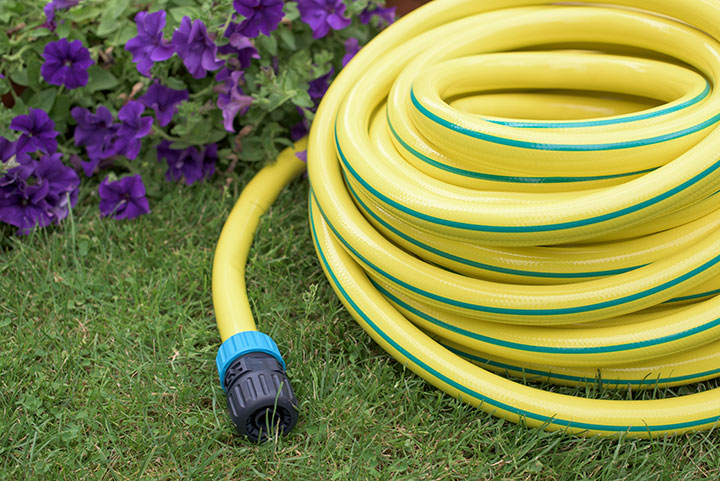Understanding the Importance and Use of Discharge Hoses in Various Applications
Understanding Discharge Hoses Types, Applications, and Best Practices
Discharge hoses play a crucial role in various industries, including agriculture, construction, and wastewater management. These flexible tubes are designed to transport liquids or slurries from one location to another efficiently. With a wide range of applications, it is essential to understand the types of discharge hoses available, their specific uses, and the best practices for maintaining them.
Types of Discharge Hoses
Discharge hoses come in various materials, lengths, and diameters, tailored to meet different operational requirements. Common types of discharge hoses include
1. Rubber Discharge Hoses These hoses are highly durable and resistant to abrasion, making them suitable for heavy-duty applications. They can handle a wide range of temperatures and are often used in construction and mining for discharging water, slurries, and other materials.
2. PVC Discharge Hoses Lightweight and flexible, PVC hoses are commonly used for agricultural purposes, such as irrigation systems. They are easy to handle and can be used for both low-pressure and high-pressure discharge applications.
3. Layflat Hoses Constructed from woven polyester and coated with PVC or rubber, layflat hoses are designed for quick deployment and storage. They are often used in dewatering applications, firefighting, and irrigation. Their flat design allows for easy transportation and minimizes storage space.
4. Food-Grade Discharge Hoses These hoses are specifically designed for transporting food and beverages. Made from materials that comply with health regulations, food-grade hoses are essential in the food industry, ensuring safe and sanitary transfer of products.
Applications of Discharge Hoses
Discharge hoses are utilized in a myriad of applications
. In the agricultural sector, they play a vital role in irrigation systems, allowing farmers to efficiently distribute water to their crops. In construction, discharge hoses facilitate the removal of water from excavation sites, ensuring that work can proceed without delay.discharge hoses

Moreover, in wastewater management, discharge hoses are integral to transporting treated sewage and stormwater to treatment facilities. They can also be used in industrial processes to manage sludge, chemicals, and other liquid byproducts, ensuring that operations run smoothly and safely.
Best Practices for Using Discharge Hoses
To maximize the lifespan and performance of discharge hoses, adhering to best practices is essential. Here are some key tips
1. Select the Right Hose Choose a discharge hose that suits the specific application. Consider factors such as the type of fluid being transported, temperature, pressure levels, and whether the hose needs to be food-grade.
2. Inspect Regularly Before use, inspect hoses for any signs of wear, damage, or kinks. Regular maintenance checks can help identify issues early, preventing leaks or failures during critical operations.
3. Proper Storage Store discharge hoses in a cool, dry location away from direct sunlight. UV exposure can degrade materials over time, leading to premature failure. Coil the hoses neatly to avoid any kinks or twists that might affect their performance.
4. Use Appropriate Fittings Ensure that the fittings and connections are properly secured to prevent leaks. Utilize hose clamps and fittings that match the diameter and type of hose for a snug fit.
5. Follow Manufacturer Guidelines Always refer to the manufacturer's specifications and guidelines for the correct use and maintenance of the discharge hoses. This can provide crucial information on the maximum pressure, temperature limits, and cleaning instructions.
In conclusion, discharge hoses are essential components in numerous industries, facilitating the efficient transport of liquids. Understanding the different types available and adhering to best practices can ensure that these hoses perform optimally and safely in their respective applications. Investing time in the proper selection and maintenance of discharge hoses ultimately leads to improved efficiency and reduced operational costs.
-
Welded Wire Mesh Panel: Durable, Versatile, and AffordableNewsJul.28,2025
-
Top Quality Oxy Acetylene Hoses for Sale Fit for Welding DemandsNewsJul.28,2025
-
The Future of Pneumatic Air Tubes in IndustryNewsJul.28,2025
-
Superior and Reliable LPG Hose Pipe Solutions for Every NeedNewsJul.28,2025
-
Exceptionally Durable and Versatile Premium Braided PVC TubingNewsJul.28,2025
-
Best Adapters for Connecting Garden Hose to PVC Pipe ConnectionsNewsJul.28,2025














